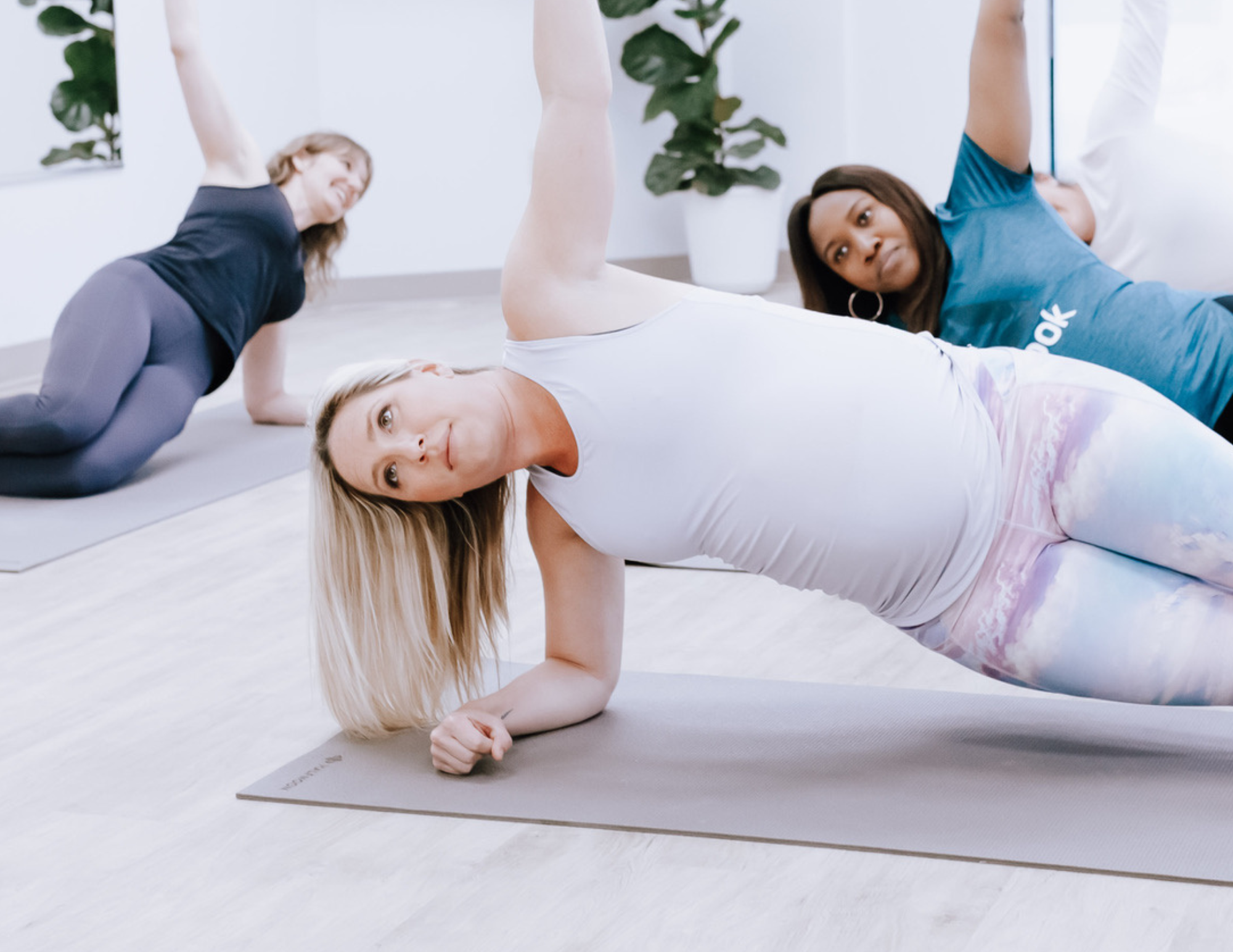
Comfort and Connection: Discovering the Right Breastfeeding Positions for You
Breastfeeding is a natural and beneficial way to nourish and bond with your baby. While every breastfeeding experience is unique, there are several common techniques that can help facilitate successful breastfeeding. Here are five of the most common positions to breastfeed:
Cradle Hold:
The cradle hold is the most traditional and widely used breastfeeding position. In this position, you hold your baby's head in the crook of your arm, supporting their body along your forearm. Your baby's body is facing yours, and their mouth aligns with your nipple for feeding. This position is best after 6-8 weeks.

Cross-Cradle Hold:
This position is similar to the cradle hold. However, the cross-cradle hold provides additional support and control, making it the go-to hold for newborns. With the cross-cradle hold, you use the opposite arm to support your baby's upper back (neck and shoulders), while your other hand supports your breast . This position allows you to have better visibility and control during the latch.

Football Hold:
The football hold is useful for mothers who have had a cesarean section or those with larger breasts. In this position, you tuck your baby under your arm, supporting their body with your forearm. Your baby's legs extend towards your back, and their head is positioned near your breast, allowing for easy access to latch.

Side-Lying Position:
The side-lying position is ideal for nighttime feedings or when you need to rest while breastfeeding. Lie on your side, with your baby facing you, and bring them close to your breast. This position allows for a comfortable and relaxed feeding experience, especially for mothers recovering from childbirth. Not ideal for the first few weeks or until your baby is able to latch on their own.

Laid-Back Position:
Also known as the biological nurturing position, the laid-back position allows for a more natural and instinctive approach to breastfeeding. In this position, you recline slightly, supporting your head and back with pillows or cushions. Your baby lies on top of your chest, tummy to tummy, and can use their reflexes to find and latch onto the breast.

Remember, finding the right breastfeeding positions for you and your baby may take some experimentation and adjustment, and can change over time. It's important to ensure a good latch, with your baby's mouth covering a significant portion of the areola, not just the nipple. If you experience any difficulties or discomfort while breastfeeding, seeking guidance from a lactation consultant or healthcare professional can be helpful in finding solutions and ensuring a successful breastfeeding journey.

.png)

